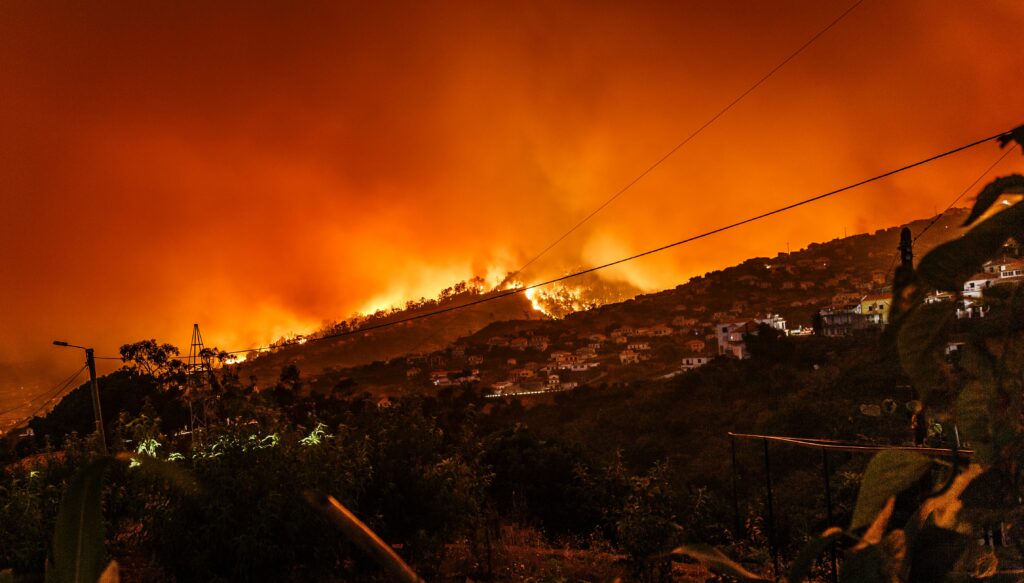New risk models by the non-profit think tank 2° Investing Initiative have contributed to the European Insurance and Occupational Pension Authority (EIOPA’s) latest application guidance on Own Risk and Solvency Assessment (ORSA), published on 10th December. The ORSA outlines expectations on running climate change materiality assessment and using climate change scenarios, building in part on tools, methodologies, and data developed by 2DII, the Network for Greening the Financial System (NGFS), and RMS, among others.
2DII offers a number of solutions to help insurance companies meet these guidelines:
- Litigation risk model
2DII’s litigation risk model is the first to quantify potential future litigation risks for financial portfolios under a range of different litigation scenarios.
Recognizing the uncertainty of future litigation outcomes, the model is based on the principle of scenario analysis, taking into account different potential ‘litigation events’ and the potential costs to companies and financial portfolios linked to these events. Operationally, it models the delta of a company’s CO2 emissions against a scenario benchmark and prices each excess ton that the company is projected to produce until the litigation event, with the social cost of carbon and a ‘litigation factor’ that considers the extent to which a company may be held liable for that ton.
Learn more about the model and alternative simulation approaches for quantifying potential litigation risk in our thought experiment paper.
- A new physical risk tool
This tool assesses how portfolio company production capacities are exposed to various climate change-related hazards for the auto, power, and fossil fuel sectors. Based on risk maps provided by the Climate Data Factory and Climate Analytics, the model enables users to evaluate changes in risk levels for acute hazards, such as floods or droughts, for various scenarios. The tool also considers the geolocation of real economy production assets. As a result, the risk distribution for each individual investee company as well as for the full portfolio can be assessed at technology and sector level. 2DII will soon release the tool for public use.
- The PACTA scenario analysis and transition risk tool
EIOPA’s new guidance also builds on the PACTA scenario analysis tool. This free, open-source software enables investors and banks to analyze their portfolios’ alignment with various climate scenarios consistent with the Paris Agreement. Among other features, it includes a stress testing module that helps users measure their exposure to transition risks. Access the tool here.
Find out more about our work with EIOPA and other supervisors on climate risk here.
About our funder: This project has received funding from the European Union’s Life programme under LIFE Action grant No. LIFE19 GIC/DE/001294. This work reflects only the authors’ view and the Agency and the Commission are not responsible for any use that may be made of the information it contains.



